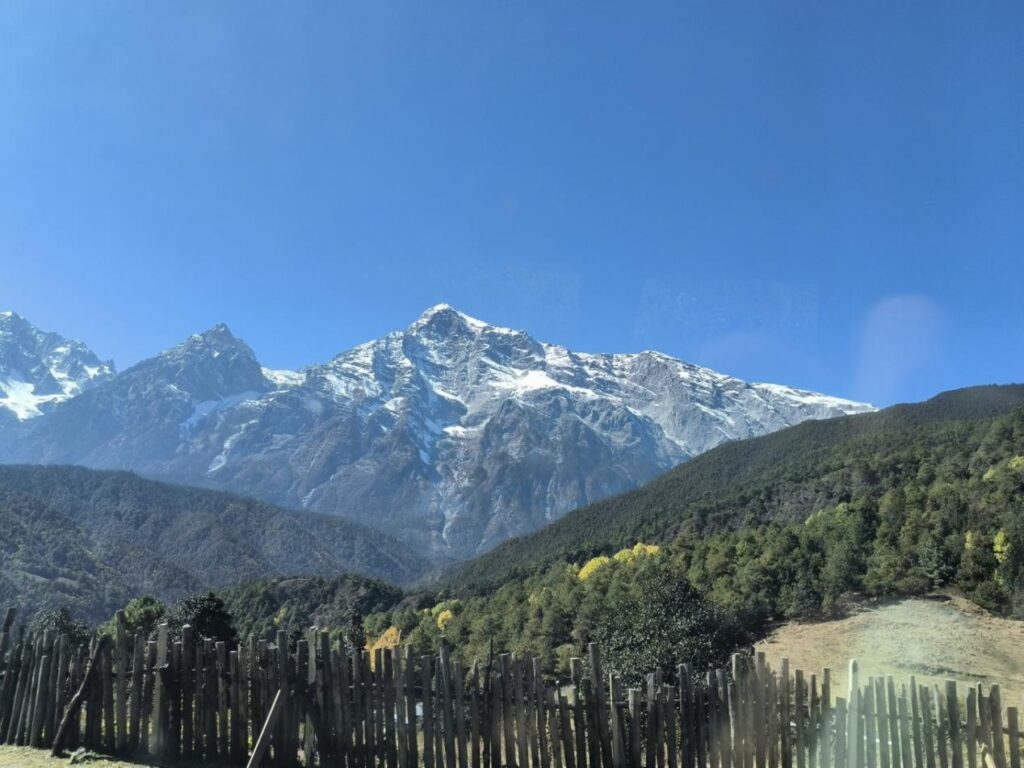Nestled in the embrace of the majestic Himalayas lies a place that has long been shrouded in mystery and allure—Shangri-La. This hidden gem, nestled in the Deqen Tibetan Autonomous Prefecture of Yunnan Province, China, is a land where ancient traditions, breathtaking natural beauty, and a profound sense of tranquility converge. It is a place that has inspired countless tales and captured the imagination of travelers from around the world.
The Legend of Shangri-La
The name “Shangri-La” conjures images of an idyllic paradise, a place untouched by the modern world. This utopian vision was popularized by British author James Hilton in his 1933 novel “Lost Horizon,” where he described a hidden valley in the Himalayas, a sanctuary of peace and wisdom. While the fictional Shangri-La was a product of Hilton’s imagination, the real Shangri-La in Yunnan has come to embody many of the qualities he envisioned.
The Golden Sunrise: A Spectacle of Nature
One of the most awe-inspiring experiences in Shangri-La is witnessing the “Golden Sunrise” over the Meili Snow Mountain. This natural phenomenon, known locally as “日照金山” (Rìzhào Jīnshān), is a breathtaking display of light and color that occurs when the first rays of the morning sun strike the snow-capped peaks, transforming them into a dazzling golden hue.
The Meili Snow Mountain, with its highest peak, Kawagebo, standing at 6,740 meters above sea level, is a sacred site for the Tibetan people. The mountain is considered one of the most beautiful and dangerous in the world, and its rugged beauty is a testament to the power and majesty of nature.
To witness the Golden Sunrise, travelers often make the early morning trek to the viewing platforms at Feilai Temple or the Shika Snow Mountain National Park. As dawn breaks, the sky gradually lightens, and the anticipation builds. Suddenly, the first rays of sunlight pierce through the clouds, illuminating the peaks with a golden glow. The sight is nothing short of magical, a moment that captures the essence of Shangri-La’s timeless beauty.
Cultural Riches and Spiritual Connection
Shangri-La is not just a place of natural wonders; it is also a land rich in cultural heritage. The region is home to a diverse array of ethnic groups, including Tibetans, Naxi, Bai, and Lisu, each with their own unique traditions, customs, and ways of life. The Tibetan culture, in particular, is deeply intertwined with the spiritual and religious practices of Buddhism.
Visitors to Shangri-La can explore ancient monasteries, such as the Songzanlin Monastery, one of the largest Tibetan Buddhist monasteries outside of Tibet. The monastery, with its golden roofs and intricate murals, is a symbol of Tibetan Buddhism’s influence in the region. It is a place where monks study and practice their faith, and where visitors can gain a deeper understanding of the spiritual dimensions of Tibetan culture.
A Journey of Discovery
A visit to Shangri-La is a journey of discovery, a chance to connect with nature, culture, and spirituality in a way that few places can offer. Whether it is the awe-inspiring Golden Sunrise over the Meili Snow Mountain, the serene beauty of the ancient monasteries, or the warm hospitality of the local people, Shangri-La has something to offer everyone.
In this land of eternal peace and tranquility, one can find a sense of inner calm and a renewed appreciation for the beauty of the world. Shangri-La is not just a destination; it is an experience, a moment in time that lingers in the heart and soul long after the journey has ended.

